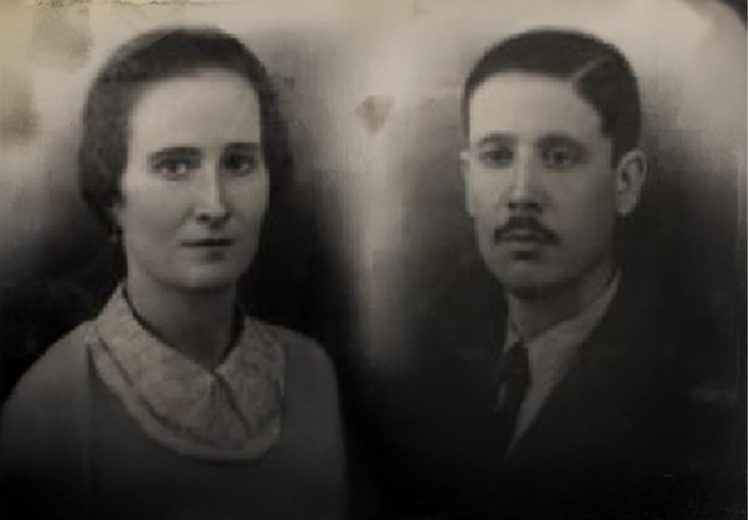Our History
The Origins
Quinta da Devesa carries a long history. In 1844, the well-known Barão de Forrester, included this property in what was the first map of the Douro Demarcated Region. But the most important history of this property began in the last century, in 1941, when the Fortunato family acquired the property, thus starting a new phase of greater investment in wine production, with a special focus on Port Wine. Later on, the DOC Douro still wines also became part of the portfolio, which reinforced the presence in the national and international wine market.

Quinta da Devesa continues today to be an independent family company, looking forward to the future, with presence in several international markets. The investment made in recent years managed to bring greater recognition from wine lovers and critics. The result of all this is also visible through the huge number of national and international awards achieved to date.
Aerial view of Quinta da Devesa
The Location
The rivers Corgo and Douro have been the landscape of Quinta da Devesa for a long time. And what a landscape! From the top of the vineyards and the imposing terraces, it is possible to observe the confluence of the two rivers, embraced by the hills and valleys of the magnificent Douro region. The property is located on the boundaries of the Baixo and Cima Corgo sub-regions, in the parish of Canelas, close to Peso da Régua.
360º of Quinta da Devesa
The Terroir
The Quinta has 30 hectares of vineyards planted at 50-500 meters altitude, with North, South and West exposures, giving the winemaker, Luís Rodrigues, many different micro-climates to work with. This allows many hours of sunshine in the vineyards facing South to be balanced by the freshness guaranteed from the North facing slopes. This complexity of growing conditions means grapes mature at different times in the year, allowing better management of the harvest. All wines from Quinta da Devesa are produced exclusively from grapes grown on the estate.
All the vineyards are farmed under a system of minimum intervention called ‘Integrated Production Management’.
Since 2016, Quinta da Devesa vineyards have been managed under the principles of Integrated Production Management (sometimes referred to as Integrated Crop Protection), a rigorous regime which strives for minimum intervention in the vineyard. In practice this means restricting as far as possible the type and quantity of treatments applied to the vines for the control of pests and diseases.
Prevention is key and data is gathered from our field personnel. The information obtained is used to undertake risk-analysis of potential threats to the vines and in order to avoid the need for aggressive treatments.
Another beneficial aspect of the farming methods introduced by the viticulture team has been the use of cover crops sown between the rows of vines. These help to conserve moisture and to combat erosion, while also contributing organic matter to the soil. Cover crops are a defence against unwanted weeds and provide an alternative habitat for insects, which are an essential part of the food chain. Thus, the vineyards provide a healthy habitat for birds, reptiles and mammals, ensuring good biodiversity and a balanced and sustainable environment.
